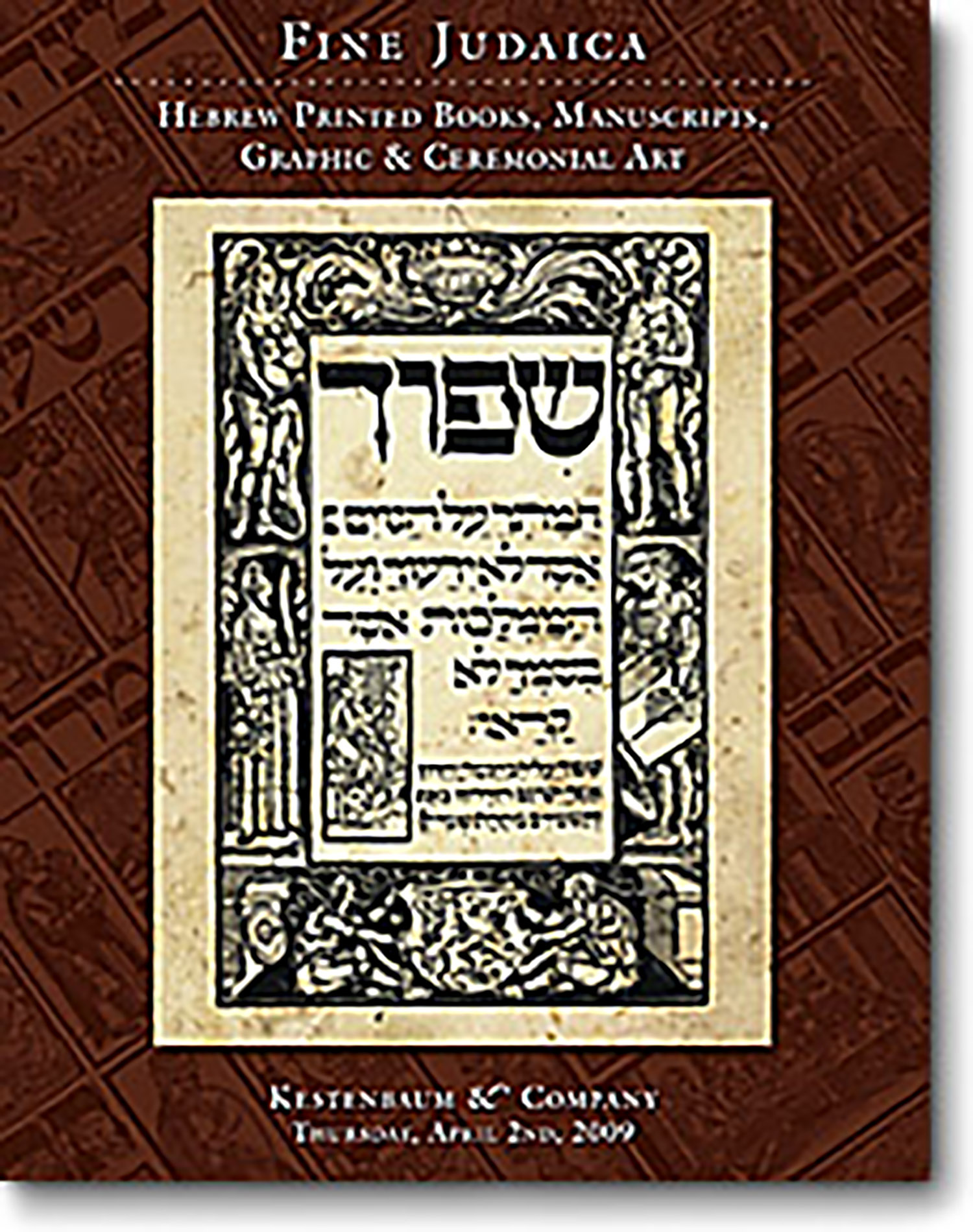Colonial Office Palestine. Statement of Information Relating to Acts of Violence. Presented to Parliament by the Secretary of State for the Colonies by Command of His Majesty, July 1946

AUCTION 43 |
Thursday, April 02nd,
2009 at 1:00
Fine Judaica: Hebrew Printed Books, Manuscripts, Graphic & Ceremonial Art
Lot 243
(ZIONISM)
Colonial Office Palestine. Statement of Information Relating to Acts of Violence. Presented to Parliament by the Secretary of State for the Colonies by Command of His Majesty, July 1946
London: His Majesty's Stationery Office 1946
Est: $500 - $700
PRICE REALIZED $400
With the conclusion of World War Two, Ben-Gurion and the other leaders of the Yishuv no longer felt bound to halt their activities directed against Britain. The languishing of Europe's surviving Jews in Displaced Persons camps in Germany and Austria, and their being barred from Eretz Israel by Britain's policy of restricting Jewish immigration to the Land, gave poignancy to, and stepped up, the demand for the ouster of the British from Palestine. For the first time, the three groups of Jewish fighters - Haganah, Irgun Zva'i Leumi (Ezel), and Lochamei Cherut Israel (Lechi), the latter known to the British as "the Stern Gang" - acted in concert. This new Jewish unity, as well as the intensity and ferocity of the attacks upon British installations and personnel in Palestine, provoked a British response: "The above operations were widespread in character and caused very extensive damage. When they were almost immediately followed by the kidnapping of British officers, it was no longer possible for His Majesty's Government to adopt a passive attitude. Unless the Government were prepared to hold to threats of violence and to abandon all hope of establishing law and order, they were bound to take active steps against any persons or organisations who had made themselves responsible for the planning and carrying out of the outrages which are dealt with in this Paper.” (p.10)
